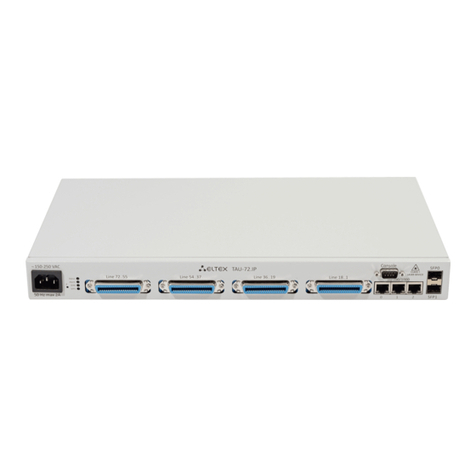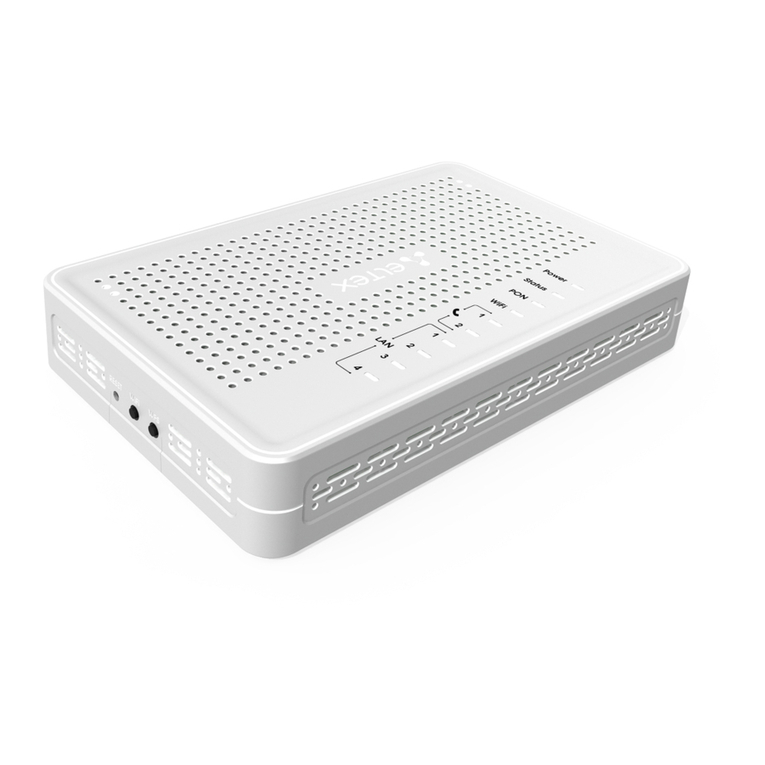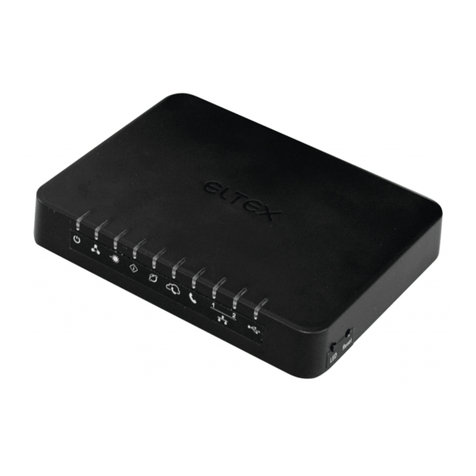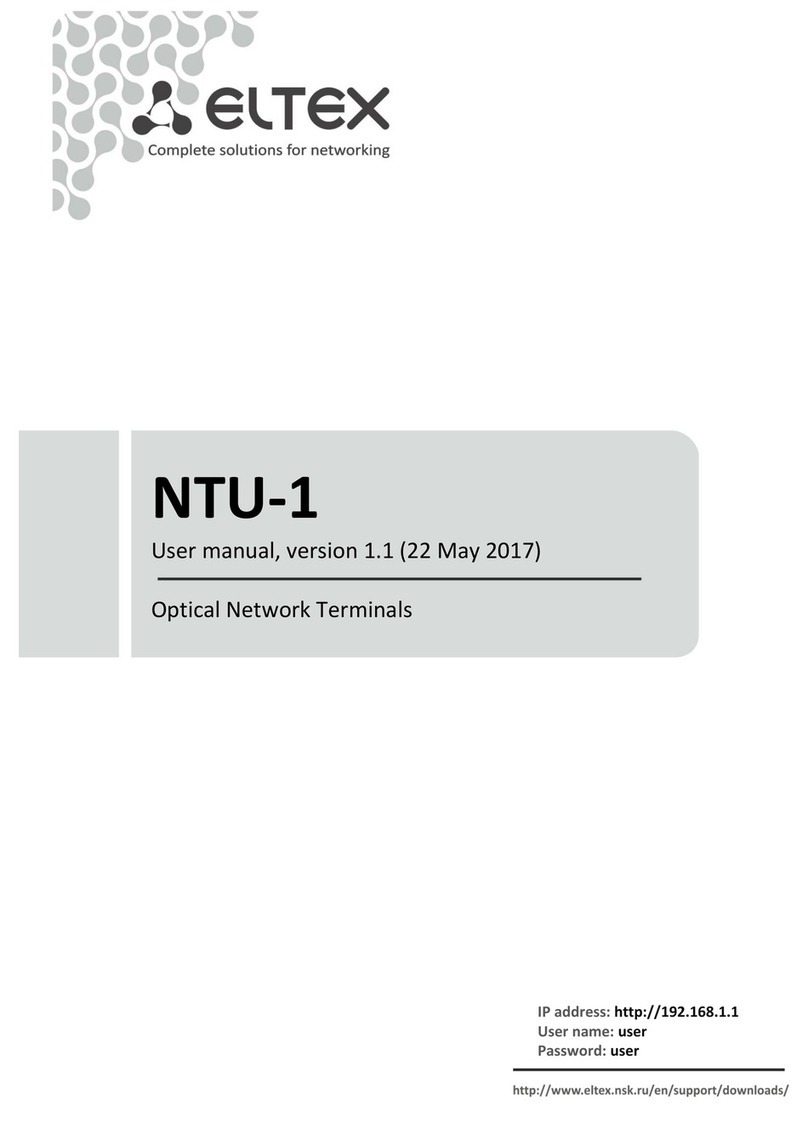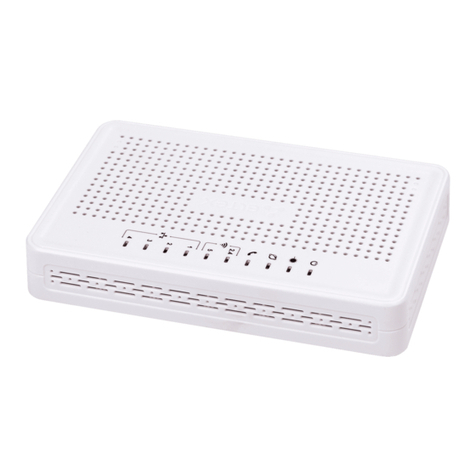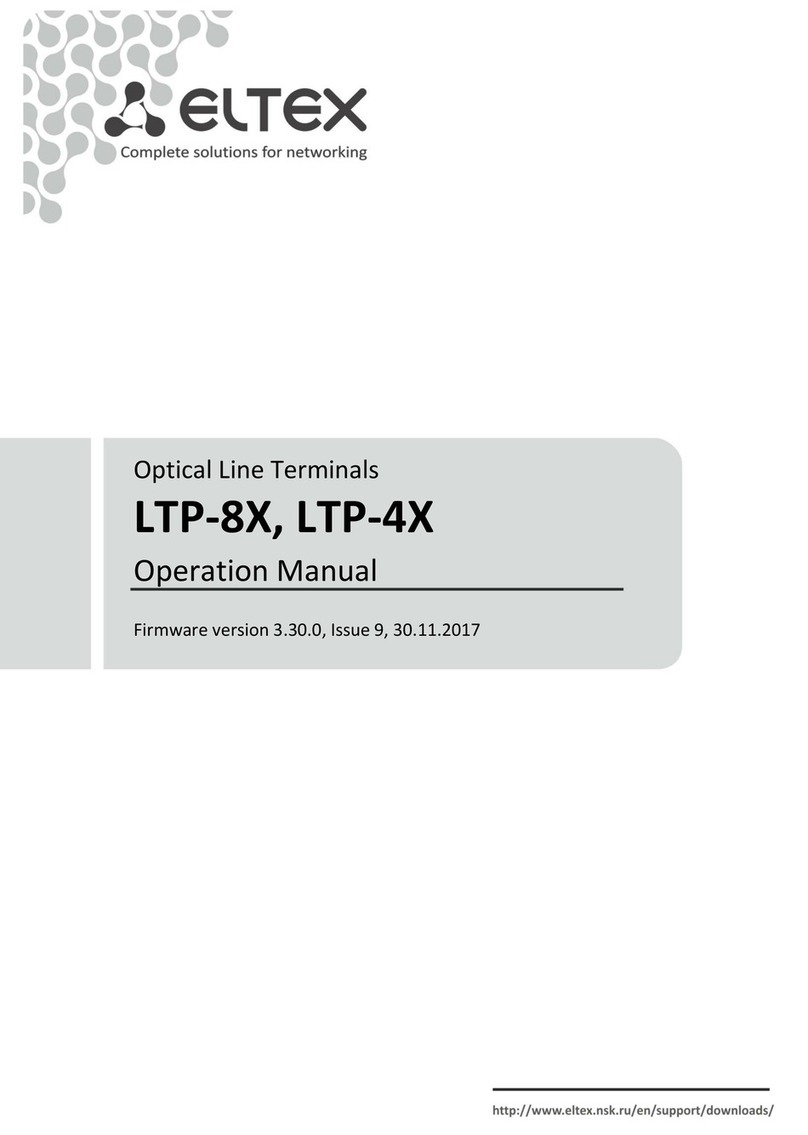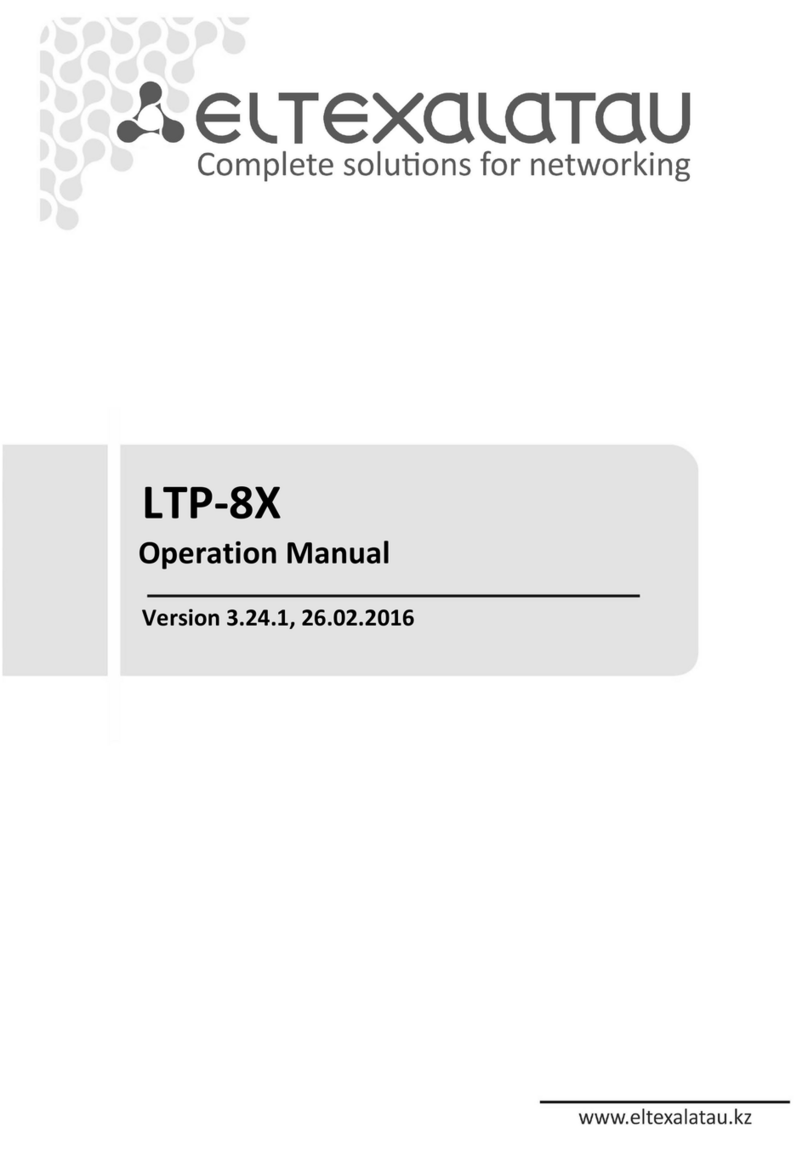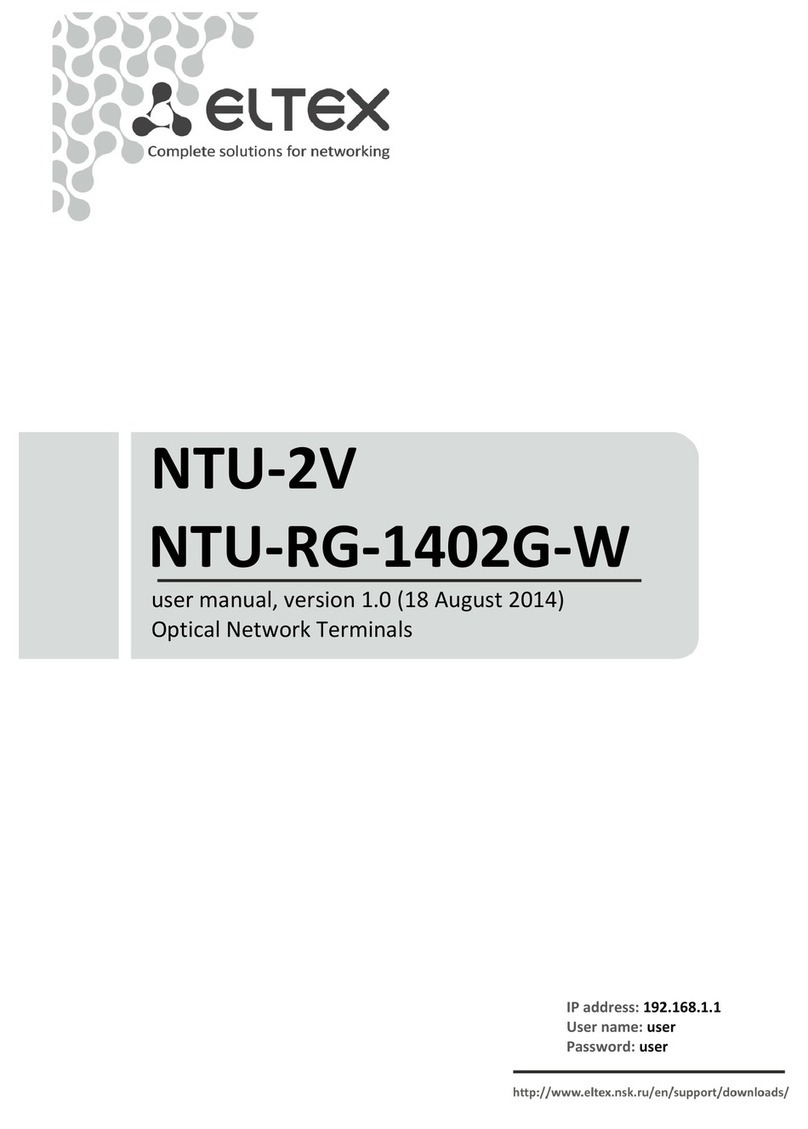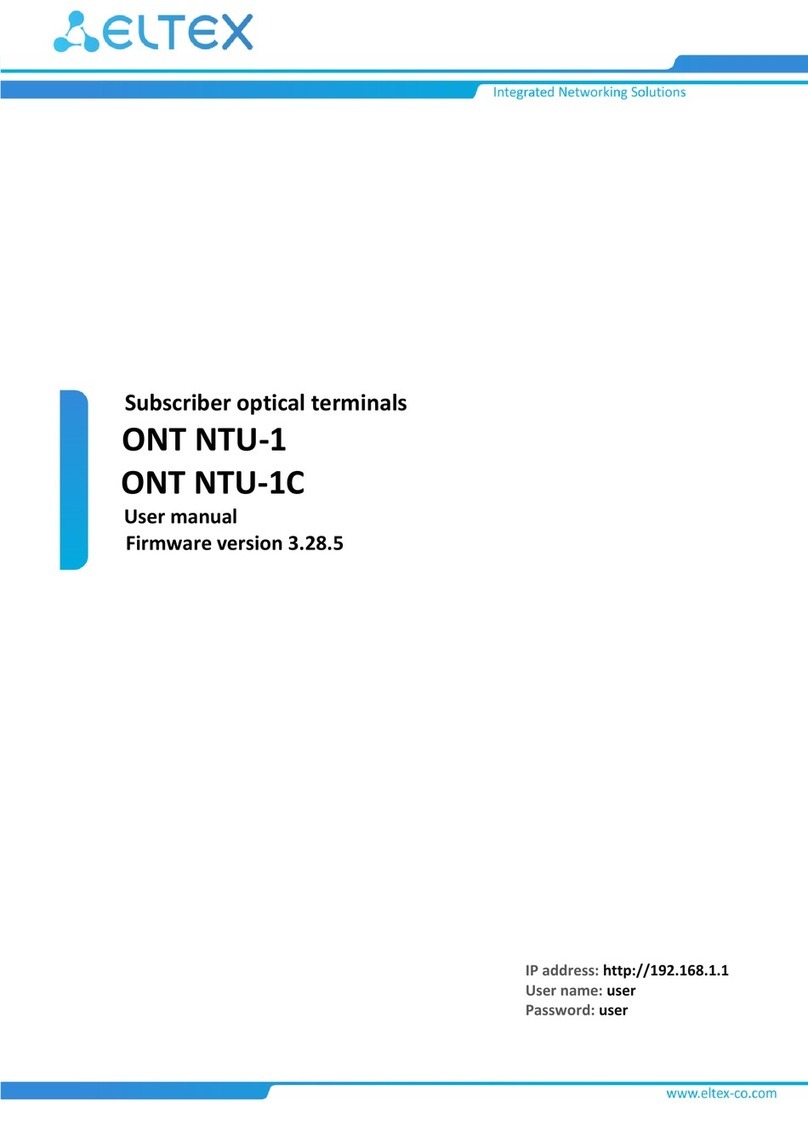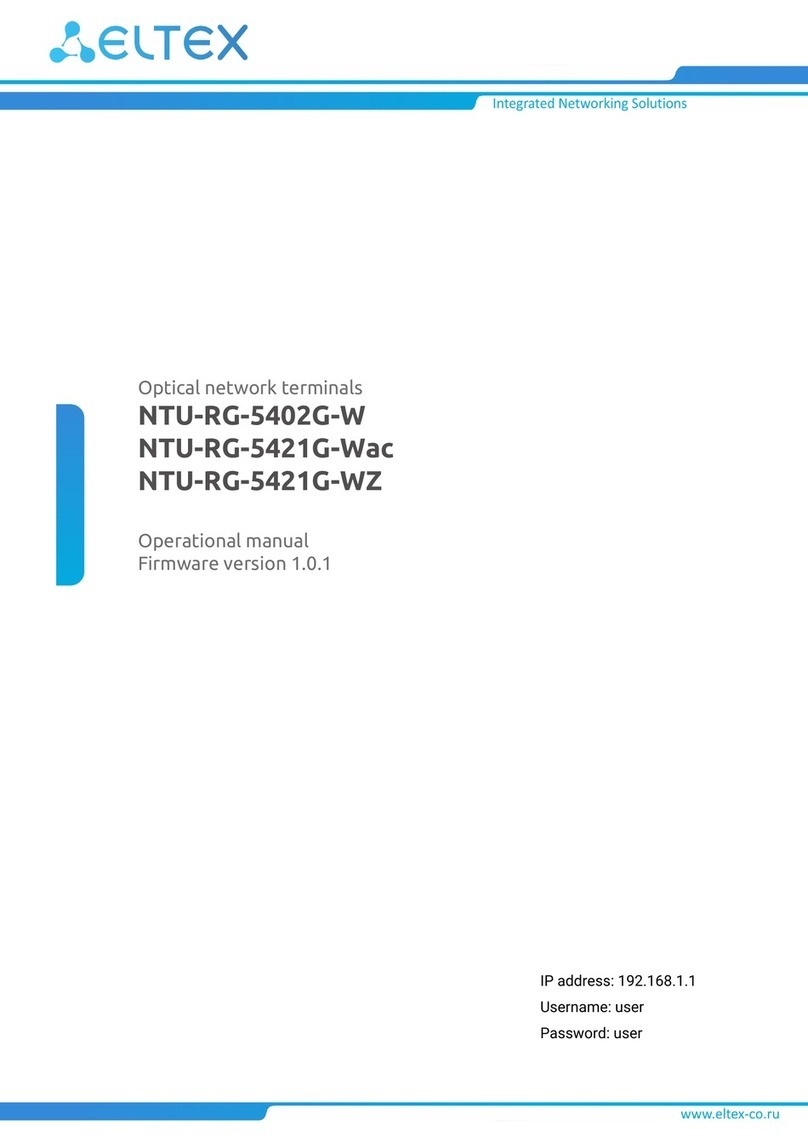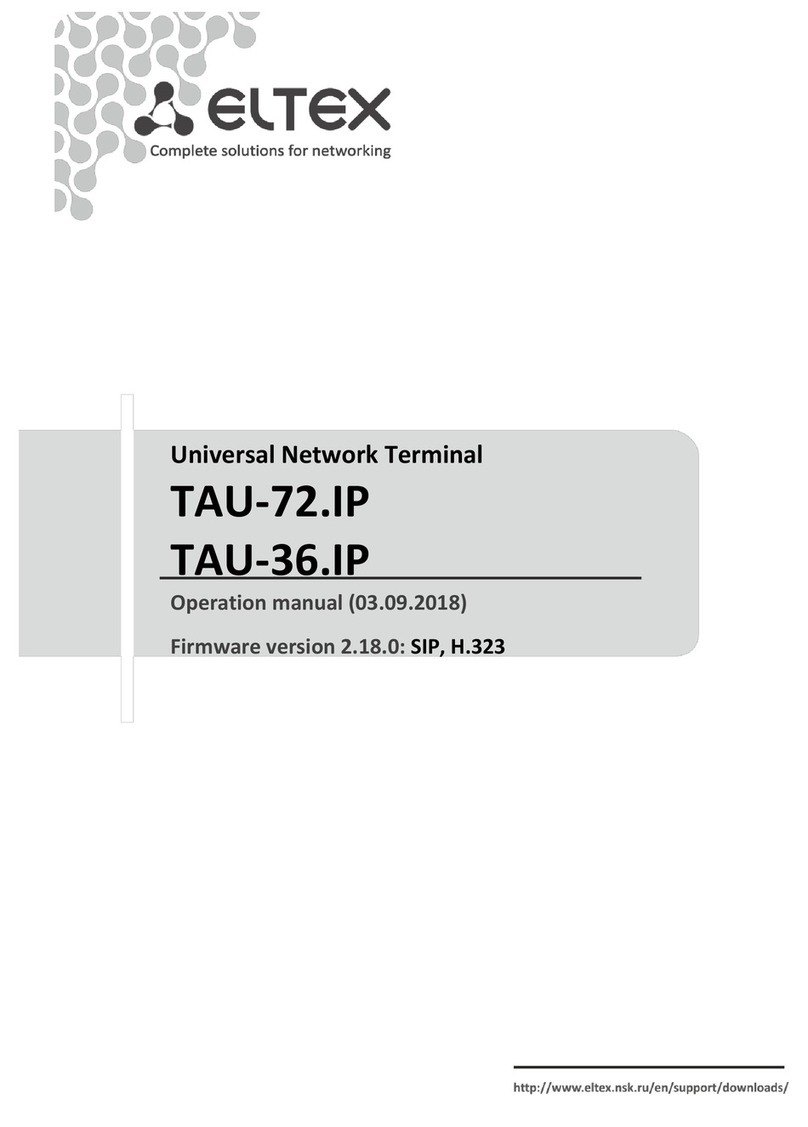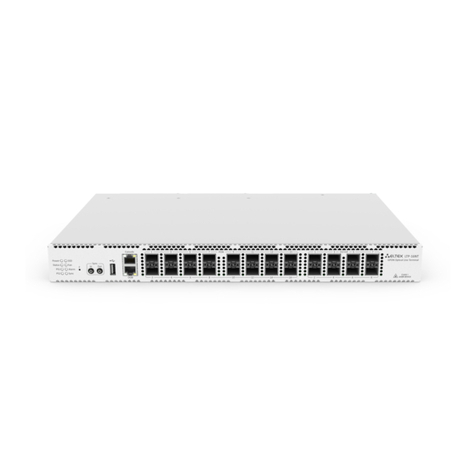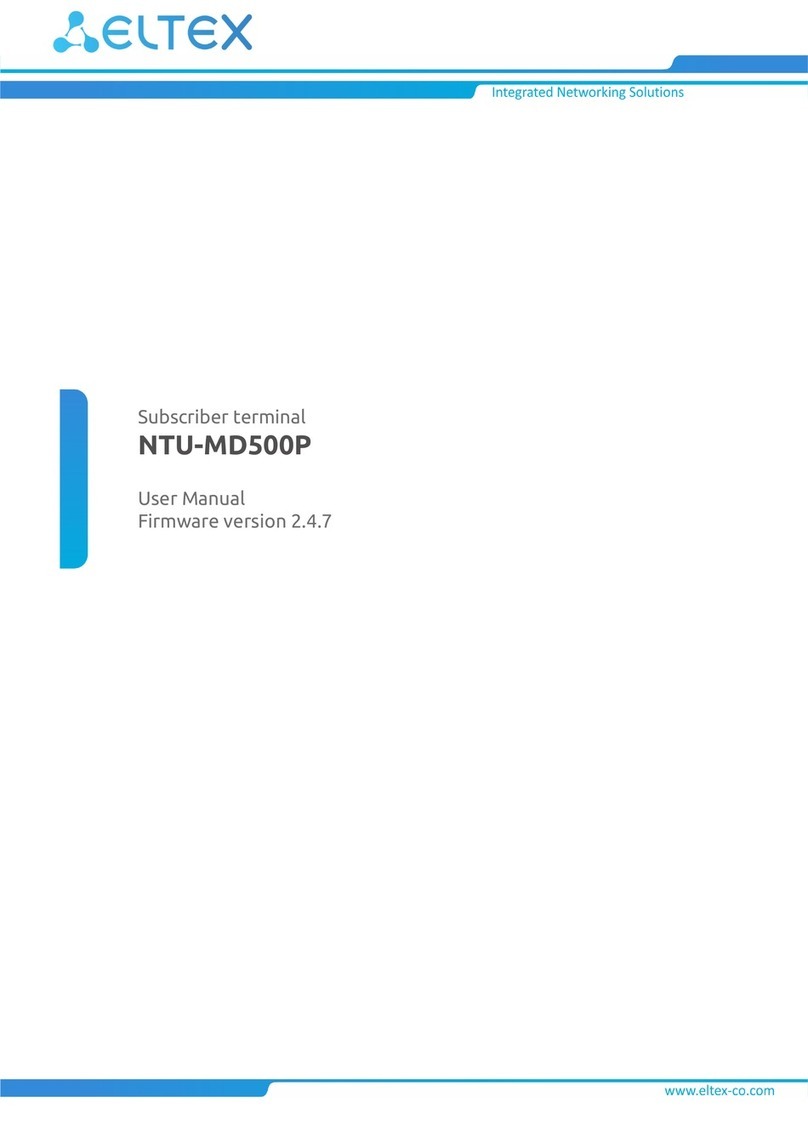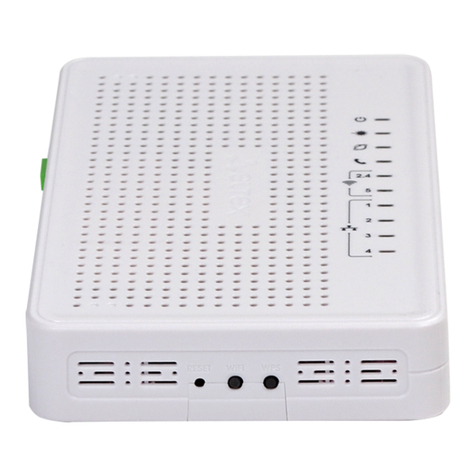4.2 Network settings................................................................................................................... 30
4.2.1 Introduction .....................................................................................................................30
4.2.2 Network parameters configuration................................................................................30
4.3 User management ................................................................................................................ 32
4.3.1 Introduction .....................................................................................................................32
4.3.2 User list preview..............................................................................................................35
4.3.3 Adding a new user ..........................................................................................................36
4.3.4 Changing user password................................................................................................36
4.3.5 Viewing and changing user access rights.....................................................................36
4.3.6 Deleting a user ................................................................................................................37
4.4 Services configuration.......................................................................................................... 37
4.4.1 Introduction .....................................................................................................................37
4.4.2 SNMPD configuration.....................................................................................................37
4.4.3 LOGD configuration ........................................................................................................38
4.4.4 ALARMD configuration...................................................................................................42
4.5 VLAN Configuration.............................................................................................................. 44
4.5.1 Introduction .....................................................................................................................44
4.5.2 VLAN Configuration........................................................................................................45
4.5.3 VLAN Configuration........................................................................................................45
4.5.4 VLAN Deletion .................................................................................................................46
4.6 IGMP configuration.............................................................................................................. 46
4.6.1 Introduction .....................................................................................................................46
4.6.2 Enabling snooping ..........................................................................................................46
4.6.3 Report proxying...............................................................................................................46
4.7 DHCP Configuration.............................................................................................................. 47
4.7.1 Introduction .....................................................................................................................47
4.7.2 DHCP snooping...............................................................................................................47
4.7.3 DHCP option 82...............................................................................................................47
4.8 PPPoE configuration............................................................................................................. 50
4.8.1 Introduction .....................................................................................................................50
4.8.2 PPPoEsnooping .............................................................................................................50
4.8.3 PPPoEintermediate agent .............................................................................................50
4.9 Interface configuration ......................................................................................................... 52
4.9.1 Introduction .....................................................................................................................52
4.9.2 10G-front-ports configuration ........................................................................................53
4.9.3 GPON interface configuration........................................................................................54
4.10 LAG configuration................................................................................................................. 54
